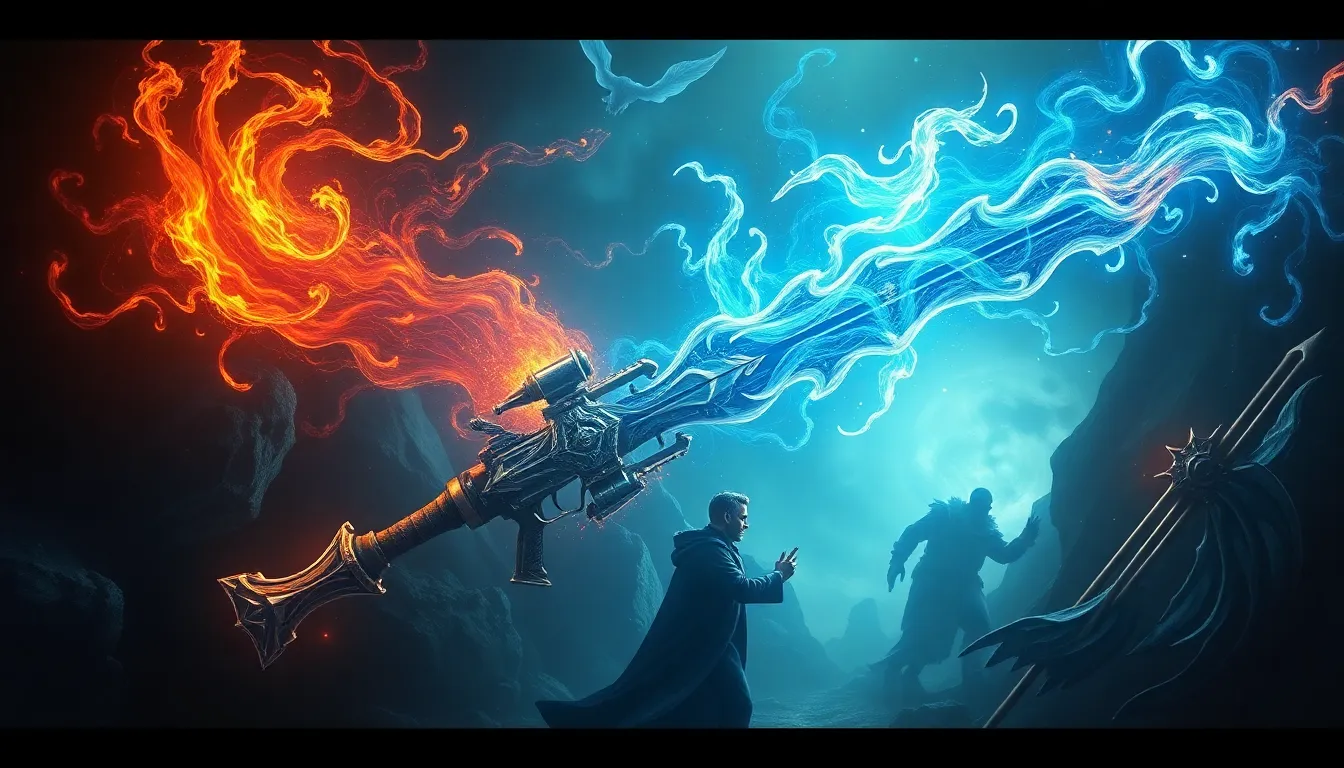The Cunning Nature of Tricksters: Myths and Legends
1. Introduction to Tricksters in Mythology
Tricksters are fascinating figures in mythology and folklore, often characterized by their cunning, wit, and ability to outsmart others. They embody a dual nature that can be both mischievous and benevolent, serving as a bridge between the ordinary and the extraordinary. Tricksters challenge social norms, push boundaries, and expose the absurdities of life, making them significant across various cultures.
2. Historical Context of Trickster Archetypes
The origins of trickster myths can be traced back to ancient civilizations, where they often appeared in the form of deities or cultural heroes. These figures were prevalent in ancient Egyptian, Greek, and Native American traditions. Over time, the trickster archetype evolved, reflecting the changing values and beliefs of societies. From the playful antics of the gods in ancient myths to more complex representations in modern narratives, the trickster has adapted to fit the cultural context.
3. Cultural Variations of Tricksters
Tricksters manifest uniquely across cultures, each embodying different traits and roles. Here are some notable examples:
- Native American: Coyote is a prominent trickster known for his cunning and cleverness, often teaching lessons through his misadventures.
- African: Anansi, the spider, is a celebrated figure who uses intelligence and trickery to overcome challenges, often imparting wisdom along the way.
- Asian: In Chinese folklore, the Monkey King, Sun Wukong, is a rebellious trickster who defies authority and seeks enlightenment through his chaotic journey.
- European: Loki from Norse mythology is a complex figure whose tricks often lead to significant consequences, embodying both chaos and transformation.
This comparative analysis reveals that while the specifics may differ, the core traits of intelligence, resourcefulness, and playfulness are common among tricksters worldwide.
4. The Role of Tricksters in Folklore and Legends
Tricksters play essential roles in storytelling and oral traditions, serving multiple functions:
- Catalysts for Change: They often instigate events that lead to transformation, whether personal or societal.
- Social Commentary: Tricksters challenge societal norms and expose hypocrisy, prompting audiences to reflect on their values.
Through their antics, tricksters highlight the complexities of life, encouraging listeners to question established truths and embrace ambiguity.
5. Psychological Analysis of the Trickster Figure
The trickster is not just a character in stories; they represent facets of human nature and the subconscious. They embody chaos, creativity, and the unpredictable aspects of life. In psychology, tricksters can be seen as manifestations of the inner conflict between order and disorder. This duality allows them to navigate between the realms of the rational and the irrational, making them relatable figures that resonate with our own experiences and struggles.
6. Famous Trickster Myths and Legends
Several trickster figures have become iconic in myths and legends:
- Loki: The Norse god of mischief, known for his cunning and transformative abilities, often causing chaos among the gods.
- Anansi: The West African spider god who uses trickery to outsmart more powerful beings, imparting wisdom through his tales.
- Coyote: A central figure in Native American mythology, representing both the creator and the destroyer, teaching lessons through his tricks.
- Hermes: In Greek mythology, the messenger god known for his wit and cleverness, often playing tricks to achieve his goals.
These myths often carry deeper meanings, teaching valuable lessons about human nature, morality, and the consequences of one’s actions.
7. Tricksters in Modern Culture
Trickster archetypes continue to influence contemporary literature, film, and art. Modern characters such as:
- Jack Sparrow: From the “Pirates of the Caribbean,” who embodies charm, wit, and cunning.
- Hannibal Lecter: In “Silence of the Lambs,” a darker interpretation of the trickster who uses intellect and manipulation.
- Deadpool: A comic book anti-hero who breaks the fourth wall and embodies the chaotic spirit of the trickster.
These characters highlight how the trickster’s qualities can manifest in various forms, reflecting societal changes and cultural narratives.
8. The Moral Ambiguity of Trickster Characters
The actions of tricksters often blur the lines between heroism and villainy, raising ethical questions. Their cunning can lead to positive outcomes, but it can also cause harm. This moral ambiguity allows for rich storytelling, as audiences grapple with the implications of the trickster’s choices. Tricksters force us to confront our own moral dilemmas, reflecting the complexities of human behavior.
9. Lessons from Trickster Myths
Trickster stories impart essential lessons that resonate with modern life:
- Embrace Change: Tricksters teach us the value of adaptability and resilience in the face of challenges.
- Question Authority: They encourage us to think critically about societal norms and the status quo.
- Value Creativity: Tricksters highlight the importance of creativity and innovation in problem-solving.
These themes remain relevant today, offering insights into personal and societal issues.
10. Conclusion: The Enduring Legacy of Tricksters
Tricksters have left an indelible mark on cultures worldwide, symbolizing the complexity of human nature and the unpredictable nature of life. Their narratives continue to inspire resilience and innovation, reminding us that chaos can lead to creativity and transformation. In a rapidly changing world, the lessons from trickster myths remain crucial, encouraging us to navigate our challenges with wit, wisdom, and a sense of humor.


